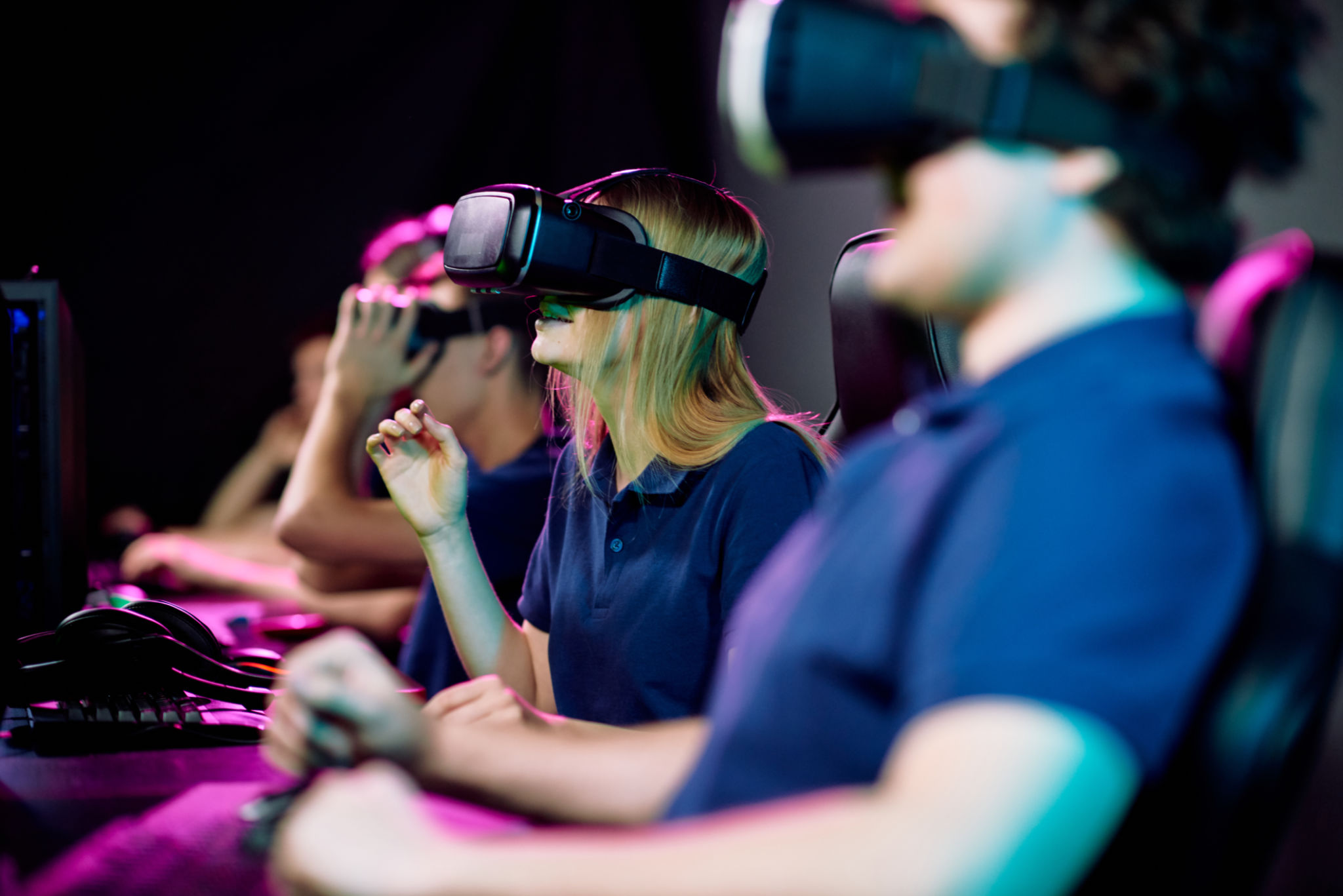Transforming Corporate Gatherings with VR: A Comprehensive Guide
Introduction to VR in Corporate Events
The use of Virtual Reality (VR) technology is revolutionizing how corporate gatherings are conducted. By offering immersive and engaging experiences, VR is transforming traditional meetings, conferences, and team-building activities into dynamic and interactive events. As businesses seek innovative ways to captivate their audience and enhance communication, VR stands out as a powerful tool in the corporate world.

Benefits of Incorporating VR in Corporate Gatherings
Integrating VR into corporate events brings multiple benefits. Firstly, it offers an unparalleled level of engagement by immersing participants in a virtual setting. This can lead to better retention of information and increased participation. Secondly, VR can simulate real-world scenarios for training purposes, allowing employees to practice skills in a risk-free environment. Finally, VR technology can save costs by reducing the need for travel, enabling global teams to connect without the logistical challenges of physical presence.
Enhanced Engagement and Interaction
Traditional corporate meetings often struggle with maintaining participant engagement. VR breaks this barrier by providing interactive environments that capture attention. Participants can explore virtual spaces, interact with digital objects, and collaborate with colleagues in real-time. This level of interaction fosters a deeper connection between attendees and the content being presented.

Practical Applications of VR in Business Events
VR can be applied in various ways during corporate gatherings. For instance, it can be used for virtual product launches, where attendees experience the new product in a simulated environment. It can also facilitate virtual networking sessions, allowing participants to meet and interact with others through avatars. Furthermore, VR can host virtual tours of facilities or factories, providing insight into operations without needing to leave the office.
Training and Development
One of the most impactful uses of VR in corporate settings is for training and development. Virtual simulations allow employees to engage in hands-on learning experiences that are both effective and safe. Industries like healthcare, engineering, and retail have already adopted VR for training purposes, demonstrating improved performance and skill acquisition among employees.

Challenges and Considerations
Despite its advantages, deploying VR in corporate events comes with challenges. The cost of VR equipment and software can be significant, although prices are gradually decreasing. Additionally, technical issues such as connectivity problems or hardware malfunctions may disrupt the experience if not properly managed. Businesses must also consider the learning curve associated with new technology, ensuring that participants are comfortable using VR equipment.
Ensuring Accessibility and Inclusivity
To maximize the benefits of VR, it is crucial to consider accessibility and inclusivity. Not all participants may have experience with VR, so providing training sessions or tutorials before the event can be beneficial. Ensuring that the content is accessible to people with disabilities should also be a priority, as this ensures everyone can participate fully in the experience.
Conclusion: Embracing the Future
As VR technology continues to evolve, its role in transforming corporate gatherings will only grow. By embracing VR, businesses can create more engaging and memorable experiences that resonate with attendees long after the event has ended. By overcoming challenges and focusing on accessibility, companies can harness the full potential of VR to drive innovation and success in their corporate events.

